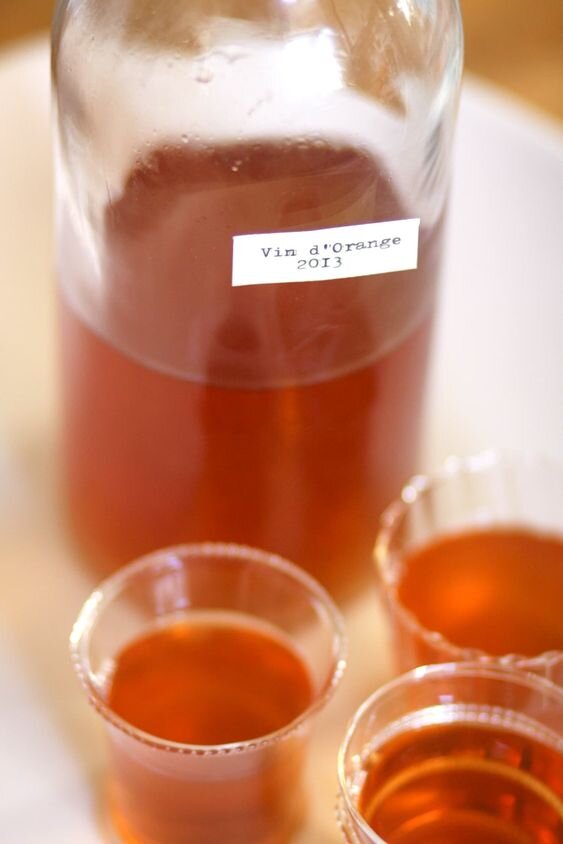Skin Contact.
Study #9
Skin contact or ‘orange’ wine is created by using white grapes in what is traditionally a red wine process: leaving the skin and seeds of the grapes intact to be mashed up and then fermented in a cement or ceramic vessel. Based on timing (anywhere from a few days up to a year) this produces a spectrum of orange shades.
Skin contact wine is also known as ‘non-interventionist,’ or natural, as the grapes are left as is and the juice contains little to no additives, pesticides, or sulfites.
Tasting notes include the acidity of white wine but the body and tannins of a red. Tannins are a naturally occurring polyphenol that is found in the seeds and skins of grapes and lends a bitter, astringent flavor. The ideal drinking temperature for an orange is cooler than a red but warmer than a white - ideally 55 degrees.
Kjetil Thorsen by Ina Niehoff
This process of wine-making is an ancient practice and can be most clearly traced back to 6000 BC in Caucasus (modern day Georgia) where the grapes were fermented in large, subterranean vessels known as Qvevri that were closed with stone tops and sealed with beeswax.
Pét-Nat (Pétillant-Naturel) are fizzy wines created by bottling early and trapping in carbon dioxide that is naturally created by the fermenting yeast and sugars. Champagne, on the other hand, has additional sugars added in once completely fermented.





